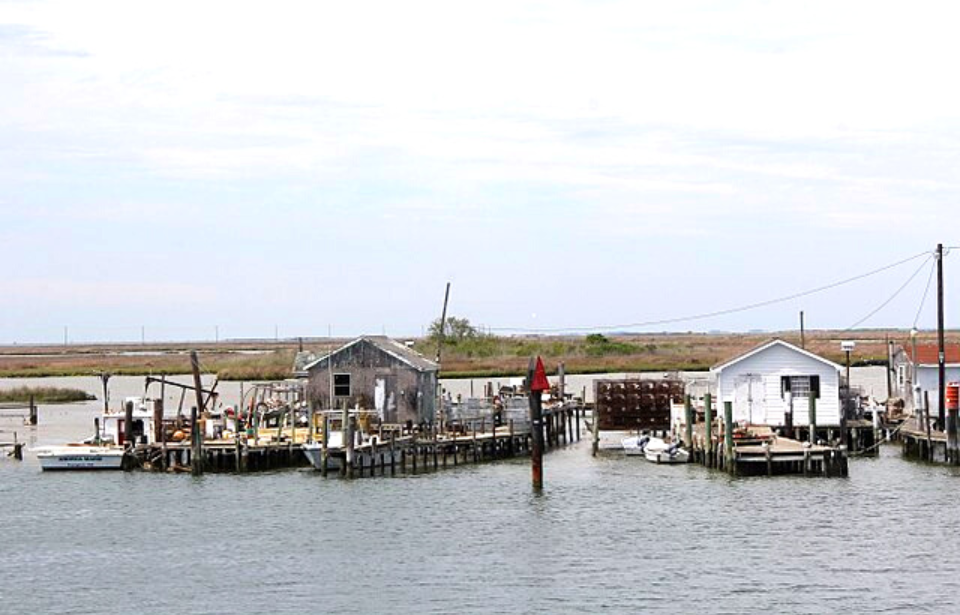Located 12 miles off the eastern shore of Virginia is Tangier Island, a community of just a few hundred individuals. One of the oldest settlements in the United States, it thrives on the Chesapeake Bay’s abundance of crab and other sea life. Sadly, both the island’s physical geography and population are on the decline, putting its continued existence in jeopardy.
A centuries-old history
Prior to the arrival of English colonists, Tangier Island was inhabited by the Pocomoke Indians. While not much is known about them or their way of life, their existence has been proven by the thousands of stone arrowheads that have been discovered around the area.
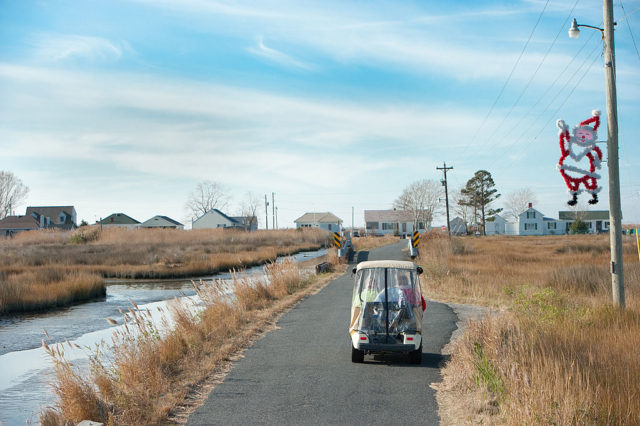
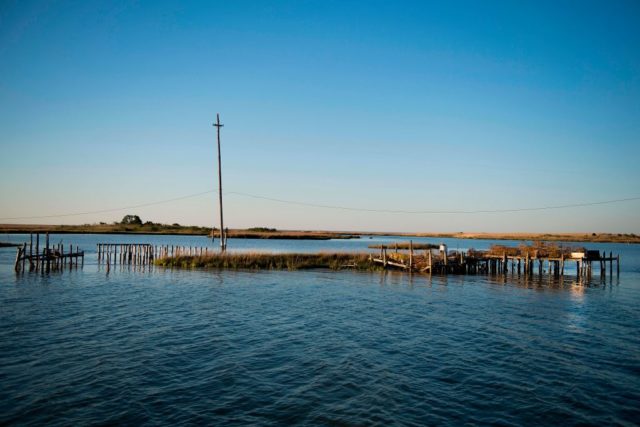
The first European to explore the island was John Smith, in 1608. However, many of today’s residents are direct descendants of those who moved there in the 1770s. This is evident in the fact that many share the surname “Crockett,” which dates back to John Crockett, the first permanent Anglo-American settler.
These settlers were primarily farmers, and in the late-19th century began to harvest crabs and oysters from the Chesapeake Bay. This way of life was much more lucrative, but also led to disputes with other fishing settlements in the area.
What’s life like on Tangier Island?
Listed on the National Register of Historic Places, Tangier Island thrives on two things: religion and fishing. In fact, this way of life is so ingrained that the community’s water tower features a cross painted on one side and a blue crab on the other.
The majority of residents are middle-class and rely on crabbing to make a living, with Tangier Island known as the “soft-shell crab capital of the world.” All of its restaurants serve a number of seafood dishes, including the popular soft-shell crab sandwich. Methodism also continues to have a strong influence on the island, with religious values being of the utmost importance to the local community.
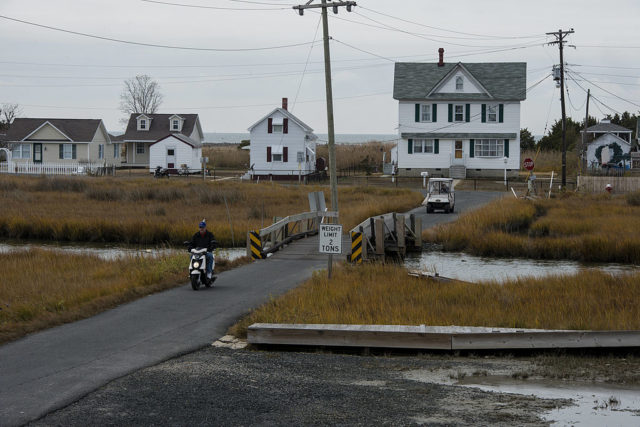
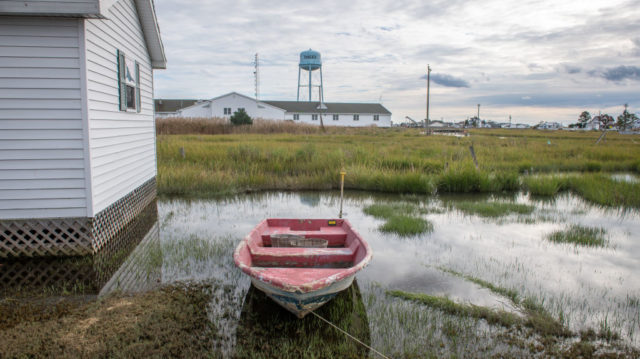
There are very few commercial businesses on Tangier Island. The area only has one main road, and its airport only operates during the day. There are a number of restaurants and B&Bs to cater to tourists, and only one grocery store. They’re prohibited, by law, from serving or selling alcohol. Additional amenities include a library, a museum and interpretive culture center, an ice cream shop, a hardware store and four gift shops.
Residents typically ride golf carts, bicycles and scooters around town, and the only vehicles on the island are trucks making trips related to the island’s fishing industry. It’s no surprise the majority don’t drive, as the only place to fuel up is the marina. You can get to and from Tangier Island via one of the daily ferries, and mail is delivered each day by boat.
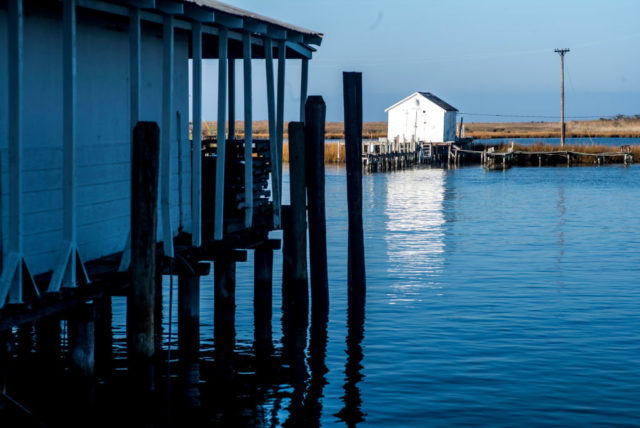
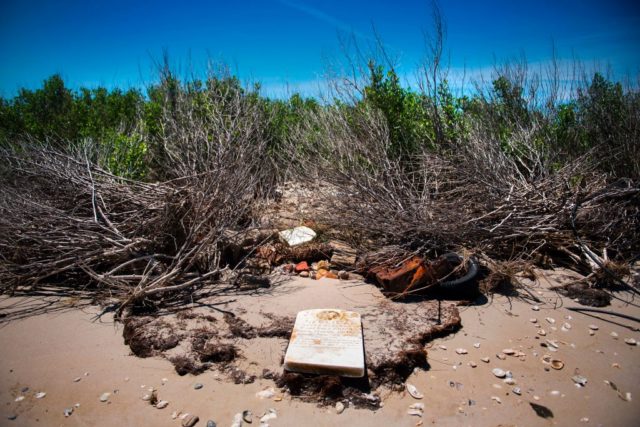
One of the biggest changes to occur on Tangier Island was the introduction of high-speed internet in the early 2010s. Prior to its arrival, residents were worried it would negatively alter their way of life – as to whether that actually happened is subject to opinion. The island also has cable television and limited cellphone reception.
A unique accent dating back centuries
Aside from their unique way of life, Tangier Island’s residents are known for their distinctive accents, which the majority of tourists have trouble understanding. There’s much debate as to what the accent is – some say it’s one of the last places in America where you can hear traces of colonial English, while others believe it developed due to the area’s geographic isolation.
What is agreed upon, however, is that it sounds like a mix of Welsh and Cornish. What’s more, certain words actually mean the opposite than they do in modern English, which can lead to much confusion… Basically, don’t take what you hear literally, as you’re likely misinterpreting what’s been said.
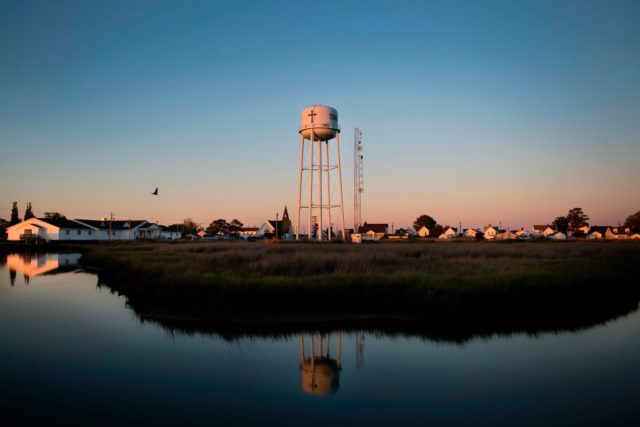
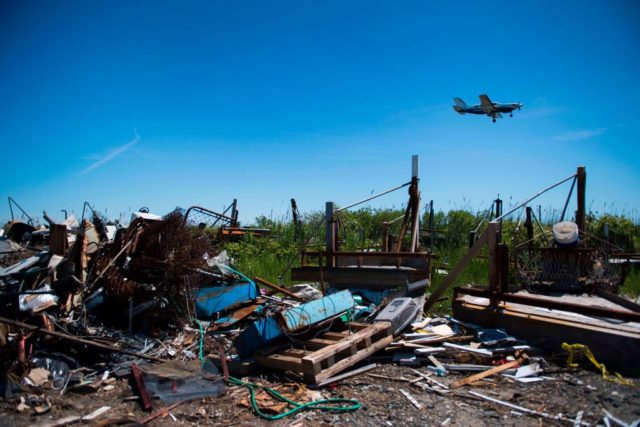
Just like the island’s population, however, it appears this distinct way of speaking is fading away. This is largely due to the introduction of cable television and internet, which has brought other dialects to Tangier Island, as well as the increase in tourism. Each year, visitors come to the island to partake in water sports and peaceful outdoor activities, such as birdwatching.
Tangier island is slowly disappearing – literally and figuratively
Despite having survived hundreds of years, it appears Tangier Island may be on its last leg. This is for two reasons, the first of which is that its youth aren’t sticking around to build a life on the island. Instead, upon graduating high school, they’re packing their bags and moving to the mainland US.
It’s not surprising as to why. There’s very little to interest youth and young adults, aside from visiting each other’s houses and playing sports on the street. As well, not everyone wants to enter the fishing industry, and without many other job opportunities, young people have no choice but to move elsewhere.
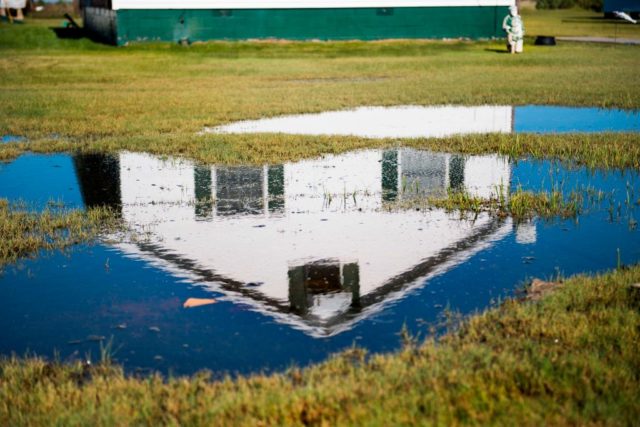
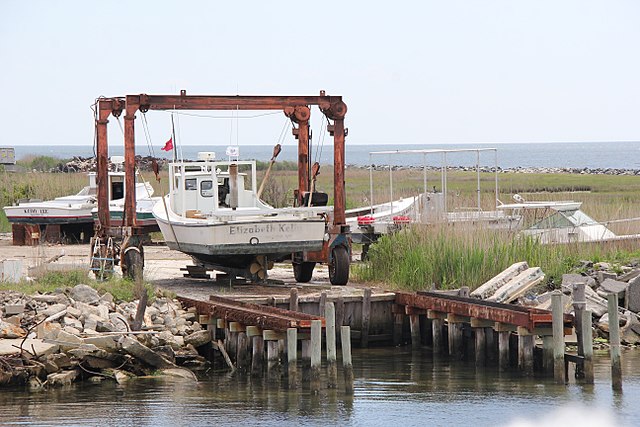
A second reason for Tangier Island’s decline is that it’s literally sinking. The Chesapeake Bay rises, on average, about 3.5 mm per year, and the community is only five feet above sea level. According to a study conducted by the US Army Corps of Engineers, approximately 67-75 percent of the island has disappeared below the water since the 1850s – and it’s only continuing to do so.
At this rate, it’s believed residents will have to evacuate Tangier Island by 2037.
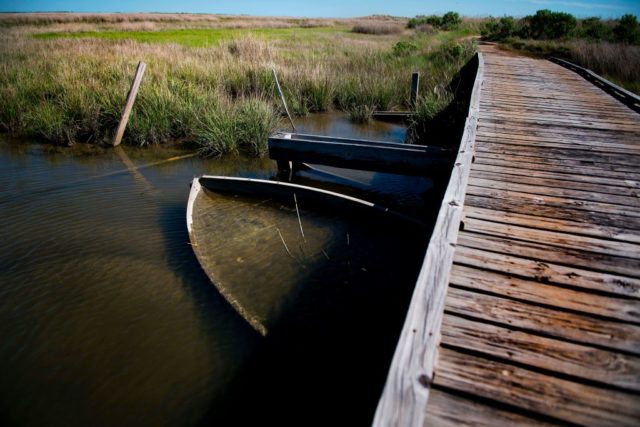
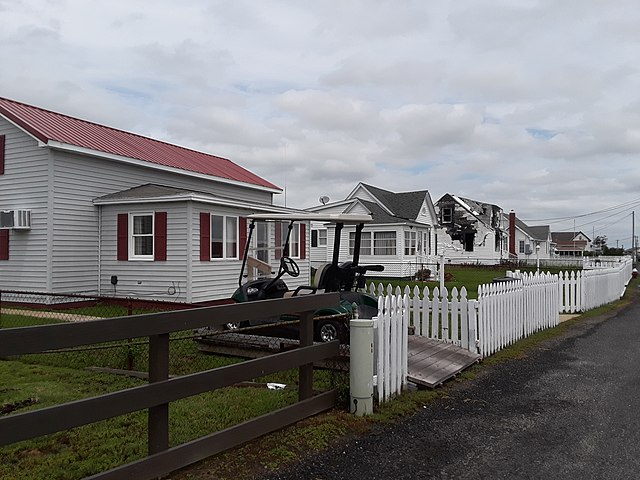
Tangier Island’s descent into the ocean has been sped up by a number of factors, primarily the flooding associated with hurricanes Isabel (2003), Ernesto (2006) and Sandy (2012). The storms had large portions of the island underwater, and while some properties were later elevated on new foundations, others had to be abandoned and torn down.
Additionally, residents believe the US Army is partially to blame for their current predicament. In the 1960s, the service took over portions of the island through eminent domain – “the right of the state to take private property without the property owner’s consent” – to conduct missile testing. Many of those living on Tangier Island feel these tests contributed to the area’s erosion problems.
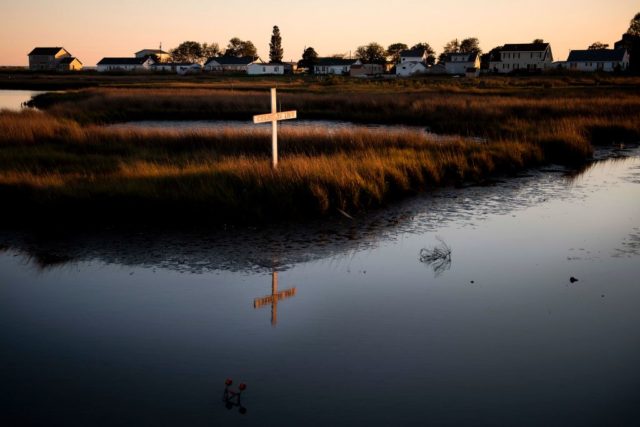
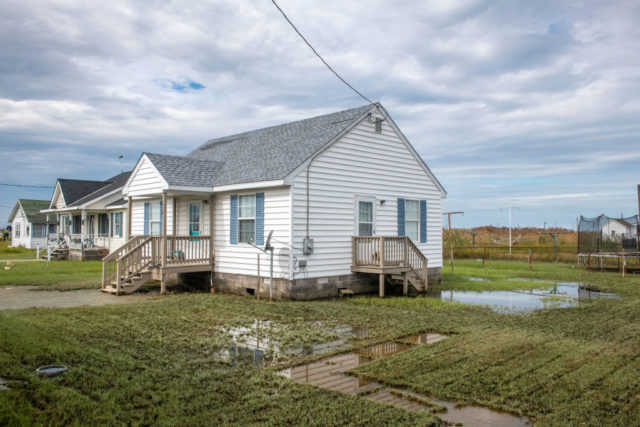
More from us: Bricks from Guignard Brick Works Helped Build the American South
Currently, the only way the island can be saved is through the construction of a $30 million seawall, money that residents and the local government don’t have. This led officials to speak with political representatives, to no avail.
